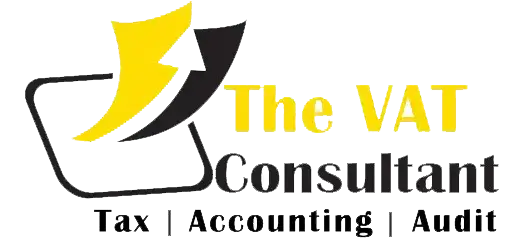The term “audit” generally refers to checking the registrant’s records, returns and other documents to verify that the declared turnover, taxes paid, refunds requested and input taxes recovered are correct. With a similar goal, the Federal Taxation Agency (FTA) has introduced a review process. As part of the review process, the FTA may require companies to submit their business information, which will be verified based on the details stated in the VAT return or any other statement made to the FTA.
Once the tax audit is started, the related business must generate all the information in a prescribed way (called an audit file). The format of the audit document should be the format specified by the FAF, and all companies must submit all the required information. The FTA expects that the tax accounting software used by companies should be able to generate audit documents in FAF format so that companies can find it easier to generate and quickly respond to FTA requirements.
Unlike the VAT return (summary level return), this means that only the combined details of sales, purchases, input value-added tax, input value-added tax, etc. are declared, while audit documents designed in FAF format need to be generated at the invoice level .
The format of the FTA audit file should be “comma separated values” (.csv) and should contain the details mentioned below:
Company information: When applicable, the FAF file should include the following detailed information about the company.
1. Taxpayer’s name (English)
2. Taxpayer’s name (Arabic)
3. TRN tax (registration number)
4. Name of tax authority
5.TAN (Tax Office Number)
6. Name of tax agent
7. TAAN (Tax Agent Approval Number)
Supplier and customer details: The location of the customer and the supplier should be provided, i.e. country or emirate (if the country is the UAE) and TRN (if applicable). In addition, you may need to assign tax codes such as ZR to zero-tax materials to identify the nature of the materials.
Transaction details: In the FAF file, you need to report the details of each invoice level. Invoice number, invoice date, invoice amount, value-added tax amount and other detailed information need to be captured in the audit file. Below are the transaction details that you need to capture in the FTA Audit File (FAF).
Purchase invoice/import/credit memo/
Sales invoice/credit note
Invoice number document number
License number (if any)
Invoice date transaction date
Transaction ID Any reference ID that identifies the transaction
Line number of the invoice, etc. (if there are multiple items in the invoice, etc.)
Actual currency debit and credit amounts and converted to AED
VAT amount in real currency and converted to AED
If it is a payment transaction, you need to record the payment date.
In addition to the above detailed information, you also need to capture the description of goods and services and the VAT code. If the value is rounded, use the adjustment details such as journal entries and notes to explain the rounding.
in conclusion
Once the tax audit begins, the company is responsible for generating audit documents and responding quickly to the FTA. This is only possible if the value-added tax software used by the company helps to generate audit documents in a prescribed format. Given the level of information to be captured in the audit file, the process of generating the information required for FTA will be very time-consuming for companies that use manual recording. Therefore, for enterprises, it is necessary to use value-added tax software, which can not only help you settle value-added tax, but also meet the various steps of value-added tax. In other words, it should help you generate VAT returns and audit documents by clicking a button, so that companies can meet VAT requirements at the lowest cost.


























